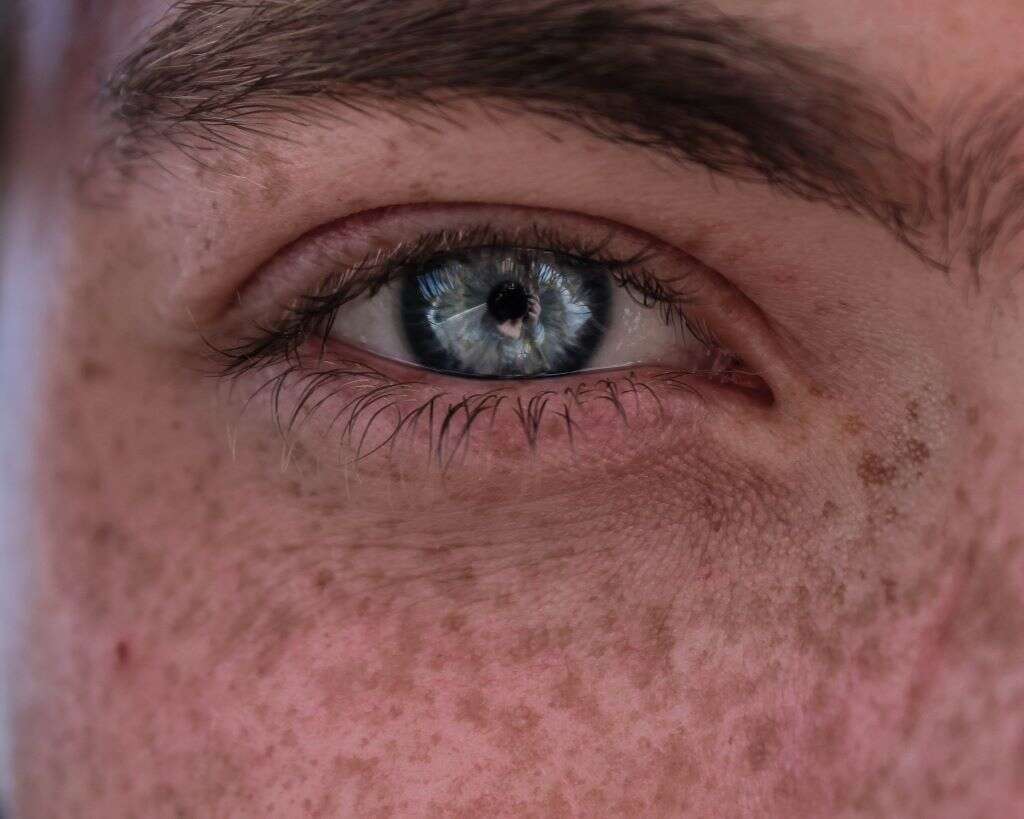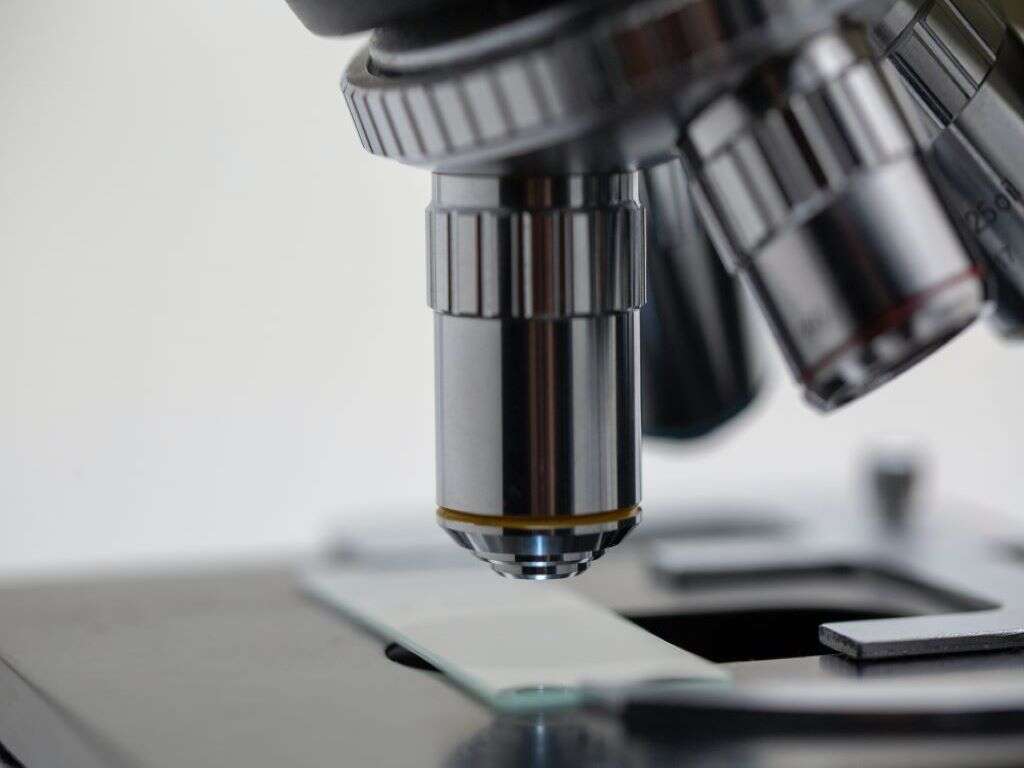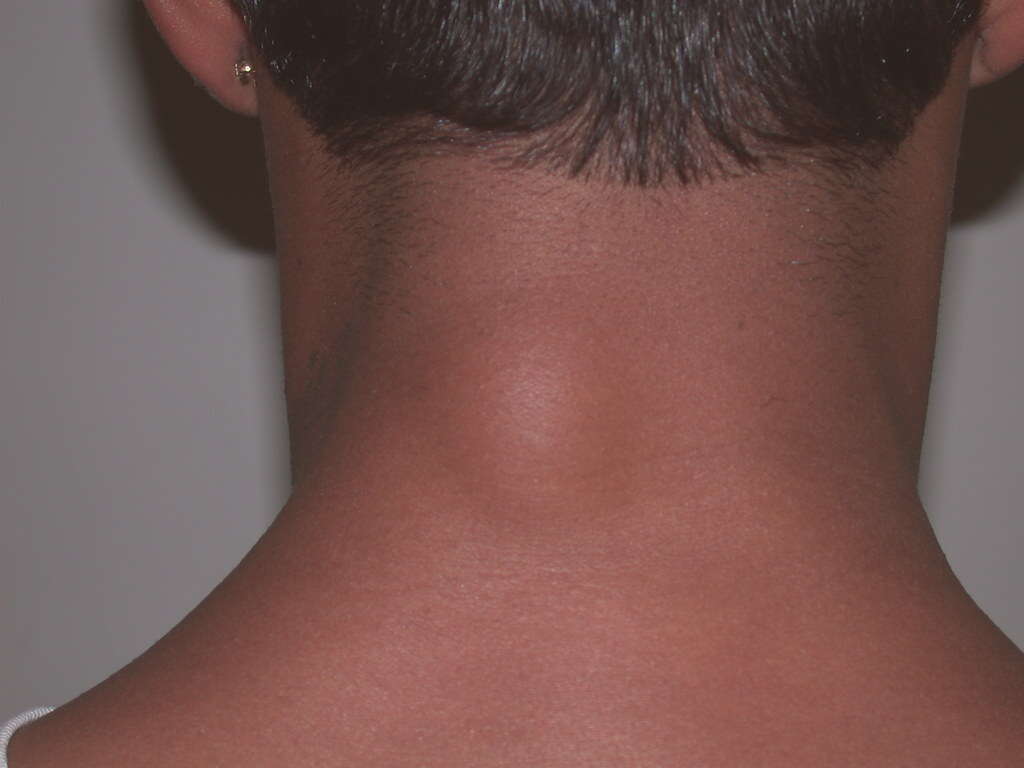Colonic Polyps Symptoms, Causes & More
 Article Sources
Article Sources
- 1. 'Colon Polyps: Symptoms, Causes, Diagnosis, Treatment, and Prevention.' Cleveland Clinic, my.clevelandclinic.org/health/diseases/15370-colon-polyps.
- 2. 'Colon Polyps.' Mayo Clinic, Mayo Foundation for Medical Education and Research, 28 Aug. 2020, www.mayoclinic.org/diseases-conditions/colon-polyps/symptoms-causes/syc-20352875.
- 3. Polyps of the Colon and Rectum By Minhhuyen Nguyen, et al. 'Polyps of the Colon and Rectum - Digestive Disorders.' Merck Manuals Consumer Version, Merck Manuals, www.merckmanuals.com/home/digestive-disorders/tumors-of-the-digestive-system/polyps-of-the-colon-and-rectum.
- 4. Publishing, Harvard Health. 'They Found Colon Polyps: Now What?' Harvard Health, www.health.harvard.edu/diseases-and-conditions/they-found-colon-polyps-now-what.
- 5. 'Peutz Jeghers Syndrome.' NORD (National Organization for Rare Disorders), 13 Dec. 2018, rarediseases.org/rare-diseases/peutz-jeghers-syndrome/.
- 6. 'Serrated Polyposis Syndrome (SPS).' Cleveland Clinic, my.clevelandclinic.org/health/diseases/17462-serrated-polyposis-syndromehyperplastic-polyposis-syndrome.
- 7. 'Intestinal Polyps.' Johns Hopkins Medicine, www.hopkinsmedicine.org/health/conditions-and-diseases/intestinal-polyps.
- 8. 'Colon Polyps.' Mayo Clinic, Mayo Foundation for Medical Education and Research, 28 Aug. 2020, www.mayoclinic.org/diseases-conditions/colon-polyps/diagnosis-treatment/drc-20352881.
Colon polyps are abnormal growths on the lining of the colon. They may be flat, raised or on a stalk, and they may be small, large or microscopic. One or multiple colon polyps may be present. Most are harmless, but some may become cancerous as time passes.1‘Colon Polyps: Symptoms, Causes, Diagnosis, Treatment, and Prevention.’ Cleveland Clinic, my.clevelandclinic.org/health/diseases/15370-colon-polyps.
The two general categories of colonic polyps are neoplastic and nonneoplastic. Nonneoplastic polyps are likely to remain benign, while neoplastic polyps are at greater risk of becoming cancerous. The larger the polyp, the more likely it is to become cancerous.2‘Colon Polyps.’ Mayo Clinic, Mayo Foundation for Medical Education and Research, 28 Aug. 2020, www.mayoclinic.org/diseases-conditions/colon-polyps/symptoms-causes/syc-20352875.,3Polyps of the Colon and Rectum By Minhhuyen Nguyen, et al. ‘Polyps of the Colon and Rectum - Digestive Disorders.’ Merck Manuals Consumer Version, Merck Manuals, www.merckmanuals.com/home/digestive-disorders/tumors-of-the-digestive-system/polyps-of-the-colon-and-rectum.
1. Types of Colonic Polyps
Adenomatous polyps are composed of glandular cells lining the large intestine. Although these polyps are more likely to be precancerous, it can take seven or more years for cancer to develop. Only 5 percent of adenomas become cancerous.3Polyps of the Colon and Rectum By Minhhuyen Nguyen, et al. ‘Polyps of the Colon and Rectum - Digestive Disorders.’ Merck Manuals Consumer Version, Merck Manuals, www.merckmanuals.com/home/digestive-disorders/tumors-of-the-digestive-system/polyps-of-the-colon-and-rectum.,4Publishing, Harvard Health. ‘They Found Colon Polyps: Now What?’ Harvard Health, www.health.harvard.edu/diseases-and-conditions/they-found-colon-polyps-now-what.
Non-adenomatous polyps develop from a variety of cell types, such as fat, muscle and non glandular, lining the large intestine. They are less likely to be precancerous. In some cases, these polyps occur alongside other ailments. For example, inflammatory polyps sometimes occur in people with Crohn's disease or ulcerative colitis.2‘Colon Polyps.’ Mayo Clinic, Mayo Foundation for Medical Education and Research, 28 Aug. 2020, www.mayoclinic.org/diseases-conditions/colon-polyps/symptoms-causes/syc-20352875.,3Polyps of the Colon and Rectum By Minhhuyen Nguyen, et al. ‘Polyps of the Colon and Rectum - Digestive Disorders.’ Merck Manuals Consumer Version, Merck Manuals, www.merckmanuals.com/home/digestive-disorders/tumors-of-the-digestive-system/polyps-of-the-colon-and-rectum.
2. Lynch Syndrome & Familial Adenomatous Polyposis (FAP)
Hereditary genetic mutations sometimes cause colonic polyps. The most frequently occurring inherited type of colon cancer is Lynch syndrome. Although few polyps may develop, they turn cancerous quickly. Tumors may also occur in the small intestine, stomach, urinary tract, ovaries and breast.
Familial adenomatous polyposis (FAP) is a rare genetic disorder in which hundreds or thousands of polyps begin to form in the colon during the teen years. Without treatment, a person with FAP is almost certain to develop colon cancer by age 40.2‘Colon Polyps.’ Mayo Clinic, Mayo Foundation for Medical Education and Research, 28 Aug. 2020, www.mayoclinic.org/diseases-conditions/colon-polyps/symptoms-causes/syc-20352875.

3. Gardner's Syndrome & MYH-Associated Polyposis (MAP)
Gardner's syndrome is another hereditary condition in which polyps form in the large and small intestines. Non cancerous tumors may also develop in various other parts of the body, such as the abdomen, skin and bones.
A mutation in the MYH gene results in a condition similar to FAP known as MYH-associated polyposis (MAP). Multiple adenomatous polyps develop in people with this genetic mutation, and colon cancer occurs at an early age. Genetic testing helps identify a person's risk of developing FAP and MAP.2‘Colon Polyps.’ Mayo Clinic, Mayo Foundation for Medical Education and Research, 28 Aug. 2020, www.mayoclinic.org/diseases-conditions/colon-polyps/symptoms-causes/syc-20352875.
4. Peutz-Jeghers Syndrome & Serrated Polyposis Syndrome
People with Peutz-Jeghers syndrome (PJS) is a hereditary condition that begins before a child turns 10. Freckles develop all over the body, including the nostrils, mouth, eyes and anus. Benign polyps develop in the intestines. Those with PJS have a 93 percent chance of developing cancer in the gastrointestinal tract or elsewhere by age 50.5‘Peutz Jeghers Syndrome.’ NORD (National Organization for Rare Disorders), 13 Dec. 2018, rarediseases.org/rare-diseases/peutz-jeghers-syndrome/.
Serrated polyposis syndrome (SPS) is a hereditary condition characterized by polyps with a saw-toothed appearance. Colorectal cancer develops in 25 to 40 percent of people with SPS.6‘Serrated Polyposis Syndrome (SPS).’ Cleveland Clinic, my.clevelandclinic.org/health/diseases/17462-serrated-polyposis-syndromehyperplastic-polyposis-syndrome.

5. Symptoms
Many people with colonic polyps have no symptoms. Larger polyps may cause partial bowel obstruction that can lead to abdominal pain. Rectal bleeding might occur, or stool may appear black or exhibit red streaks. Constipation or diarrhea may develop.
Polyp bleeding might occur over time without visible evidence. The bleeding reduces the amount of hemoglobin in the blood, and anemia could develop. Symptoms include fatigue and, or shortness of breath.2‘Colon Polyps.’ Mayo Clinic, Mayo Foundation for Medical Education and Research, 28 Aug. 2020, www.mayoclinic.org/diseases-conditions/colon-polyps/symptoms-causes/syc-20352875.
6. Causes & Risk Factors
Genetic changes in cells lining the colon cause polyps. What causes the genetic changes are unclear, but heredity, age, race, diet and lifestyle seem to play a role.
Colonic polyps often occur in people over age 50 and those whose family members have them. African-Americans and people who are obese or use tobacco or alcohol are at greater risk of developing colonic polyps. People with Crohn's disease, ulcerative colitis and poorly controlled type 2 diabetes are also at higher risk of colonic polyps.1‘Colon Polyps: Symptoms, Causes, Diagnosis, Treatment, and Prevention.’ Cleveland Clinic, my.clevelandclinic.org/health/diseases/15370-colon-polyps.,2‘Colon Polyps.’ Mayo Clinic, Mayo Foundation for Medical Education and Research, 28 Aug. 2020, www.mayoclinic.org/diseases-conditions/colon-polyps/symptoms-causes/syc-20352875.

7. Diagnosis
Most colonic polyps are discovered during colonoscopy screenings. A long, thin tube fitted with a light and camera is inserted into the colon via the rectum, allowing the physician to view any abnormalities. If polyps are discovered, they can be removed during the colonoscopy.
Other diagnostic tools include stool tests that detect blood or genetic changes. A CT scan creates pictures of the colon, and sigmoidoscopy allows examination of the lower third portion of the colon using a thin tube with a small camera inserted in the rectum.1‘Colon Polyps: Symptoms, Causes, Diagnosis, Treatment, and Prevention.’ Cleveland Clinic, my.clevelandclinic.org/health/diseases/15370-colon-polyps.
8. Treatment
Physicians usually remove polyps, often during the colonoscopy that detects them. The physician uses an electrocautery snare or a cutting instrument to remove the polyp(s).
Removed polyps are examined under a microscope to determine if cancer is present. No further treatment may be necessary if the risk of cancer spread is low. If the polyps are cancerous and the risk of spread is high, the affected part of the colon is removed surgically.3Polyps of the Colon and Rectum By Minhhuyen Nguyen, et al. ‘Polyps of the Colon and Rectum - Digestive Disorders.’ Merck Manuals Consumer Version, Merck Manuals, www.merckmanuals.com/home/digestive-disorders/tumors-of-the-digestive-system/polyps-of-the-colon-and-rectum.,7‘Intestinal Polyps.’ Johns Hopkins Medicine, www.hopkinsmedicine.org/health/conditions-and-diseases/intestinal-polyps.

9. Prevention
Maintaining normal body weight through exercise and eating a healthy diet, including plenty of fruits and vegetables with minimal amounts of red meat or fatty and processed foods, might help prevent colonic polyps. Limiting alcohol intake and avoiding smoking may also be beneficial.
Studies have shown that taking low-dose aspirin daily reduces the incidence of colonic polyps and cancer. Because aspirin has side effects, people should discuss the risks and benefits with their physician before taking it.1‘Colon Polyps: Symptoms, Causes, Diagnosis, Treatment, and Prevention.’ Cleveland Clinic, my.clevelandclinic.org/health/diseases/15370-colon-polyps.
10. Follow-up
Physicians base follow-up recommendations on the type, size and number of polyps detected and removed. Those with no polyps may wait 10 years to have another colonoscopy. If one or two small adenomas were present, an individual might need a colonoscopy in five to 10 years.
Those with large adenomas usually have colonoscopies within six months. People with multiple adenomas, certain adenomas and adenomas larger than 0.4 inches should have colonoscopies in three years.4Publishing, Harvard Health. ‘They Found Colon Polyps: Now What?’ Harvard Health, www.health.harvard.edu/diseases-and-conditions/they-found-colon-polyps-now-what.,8‘Colon Polyps.’ Mayo Clinic, Mayo Foundation for Medical Education and Research, 28 Aug. 2020, www.mayoclinic.org/diseases-conditions/colon-polyps/diagnosis-treatment/drc-20352881.










